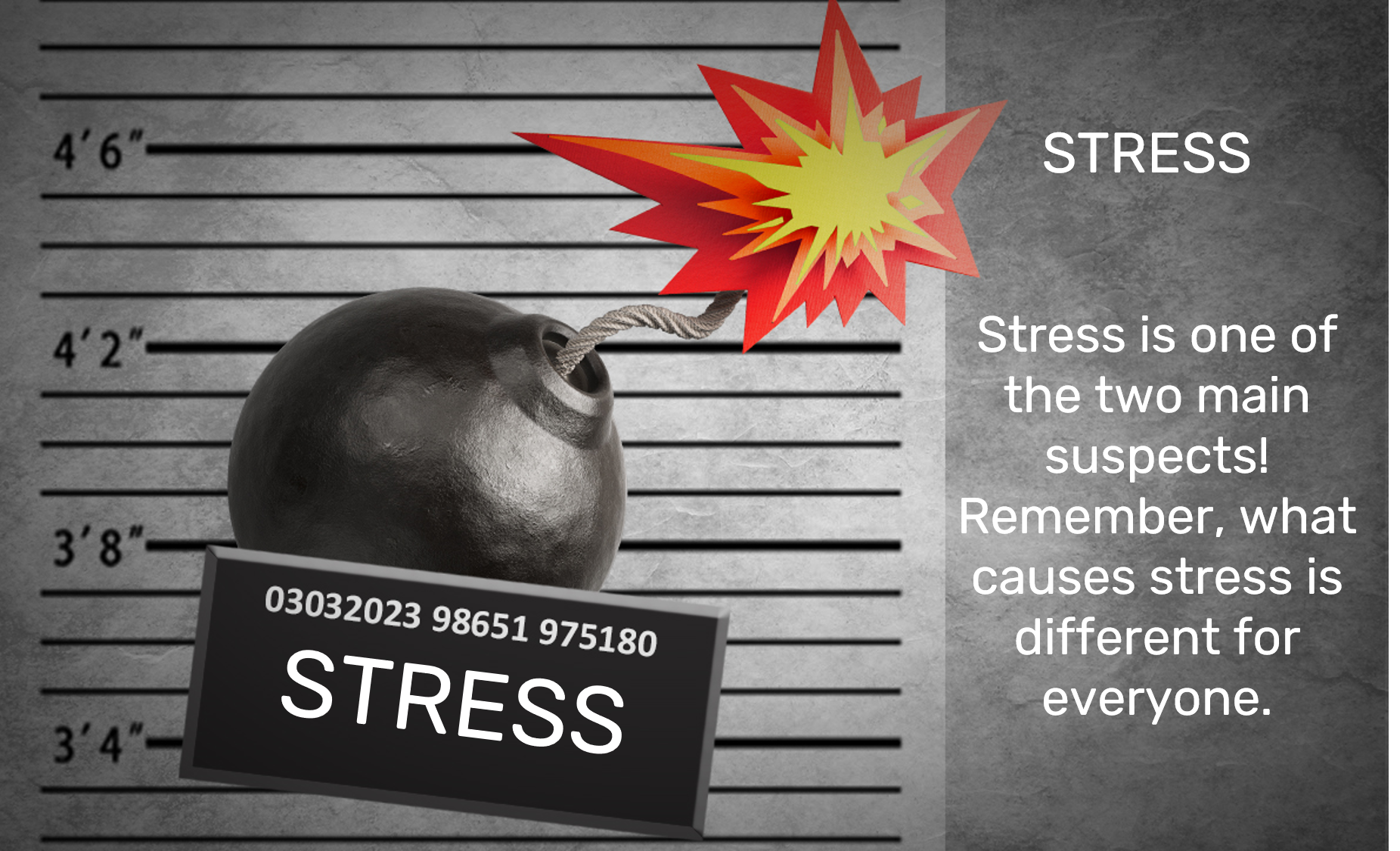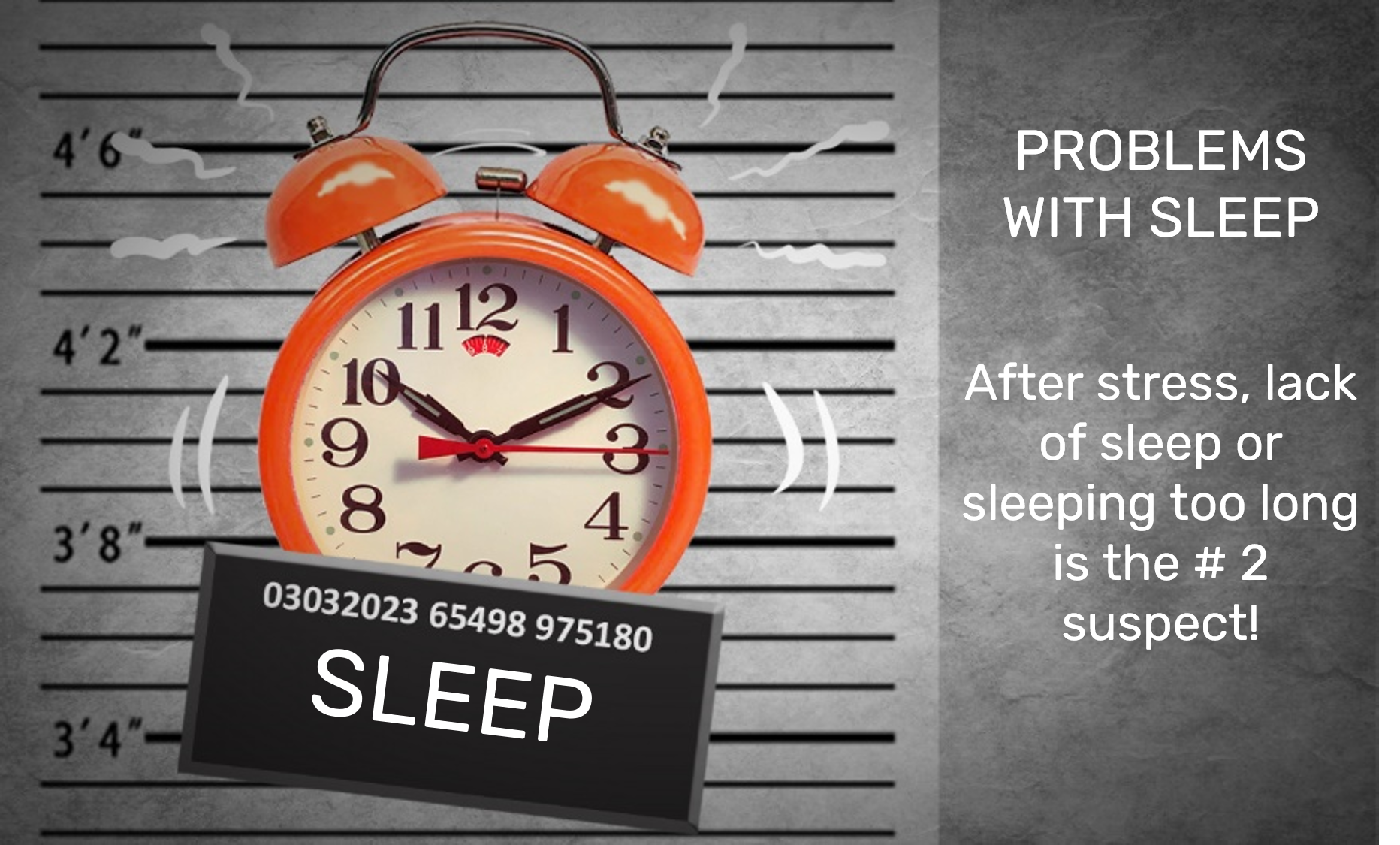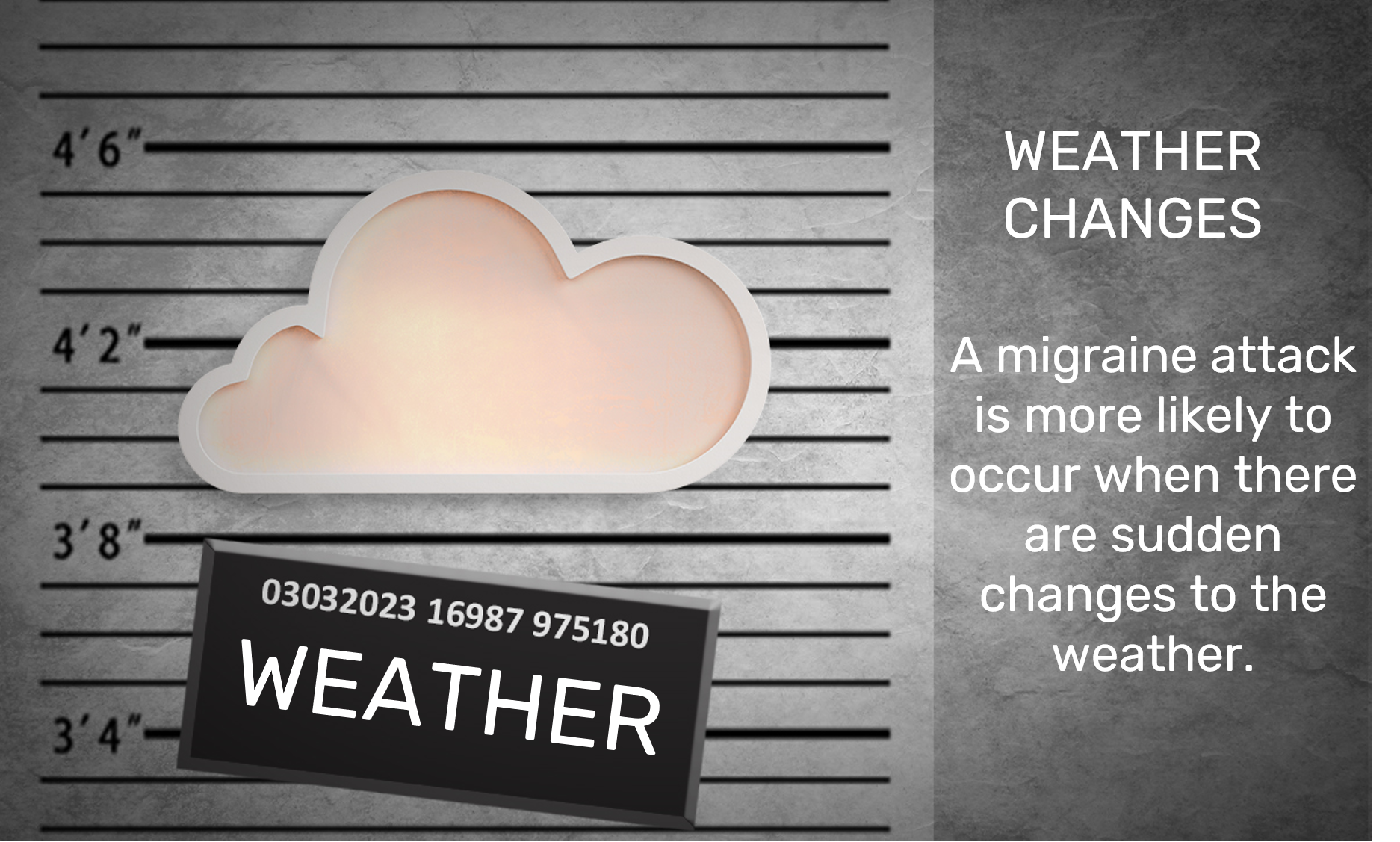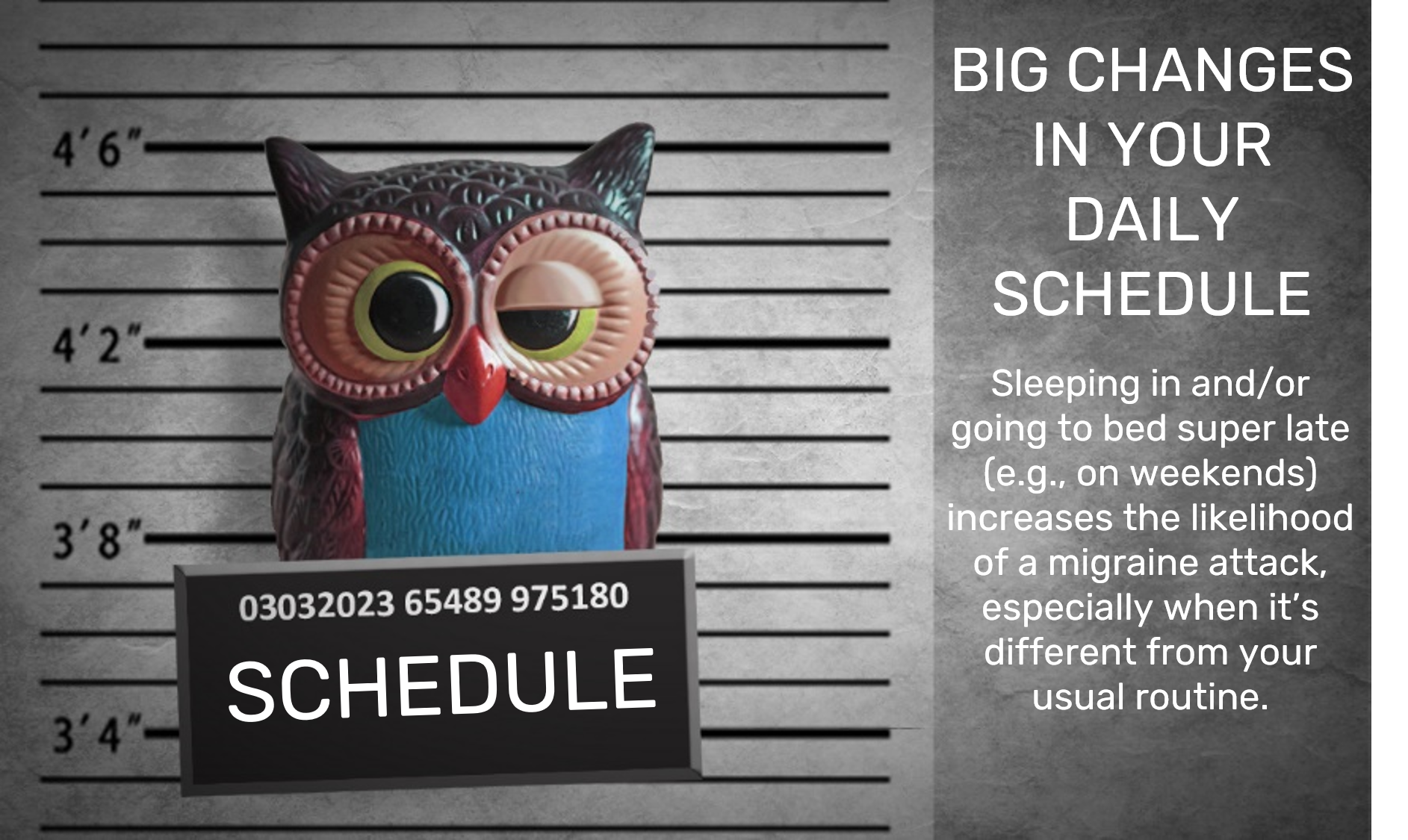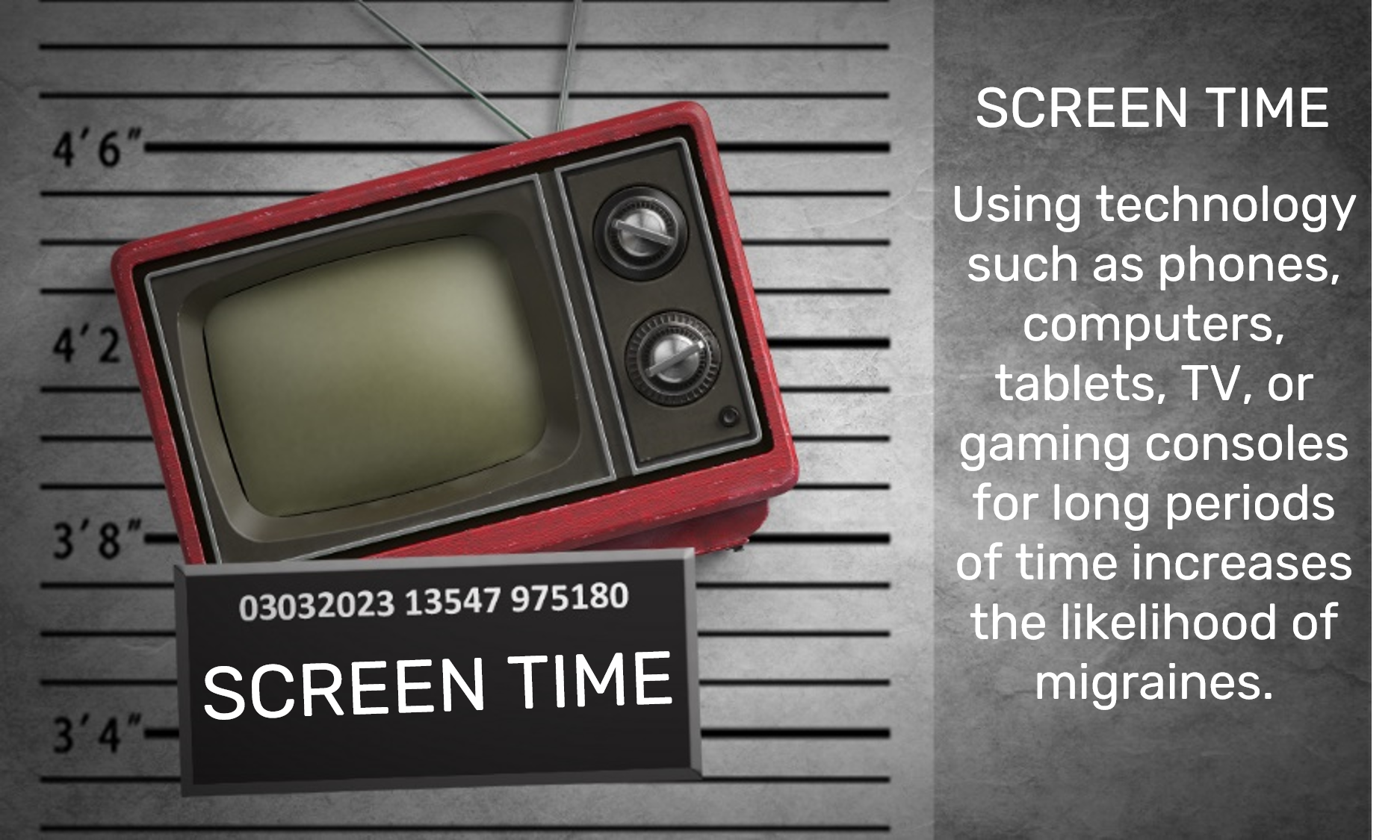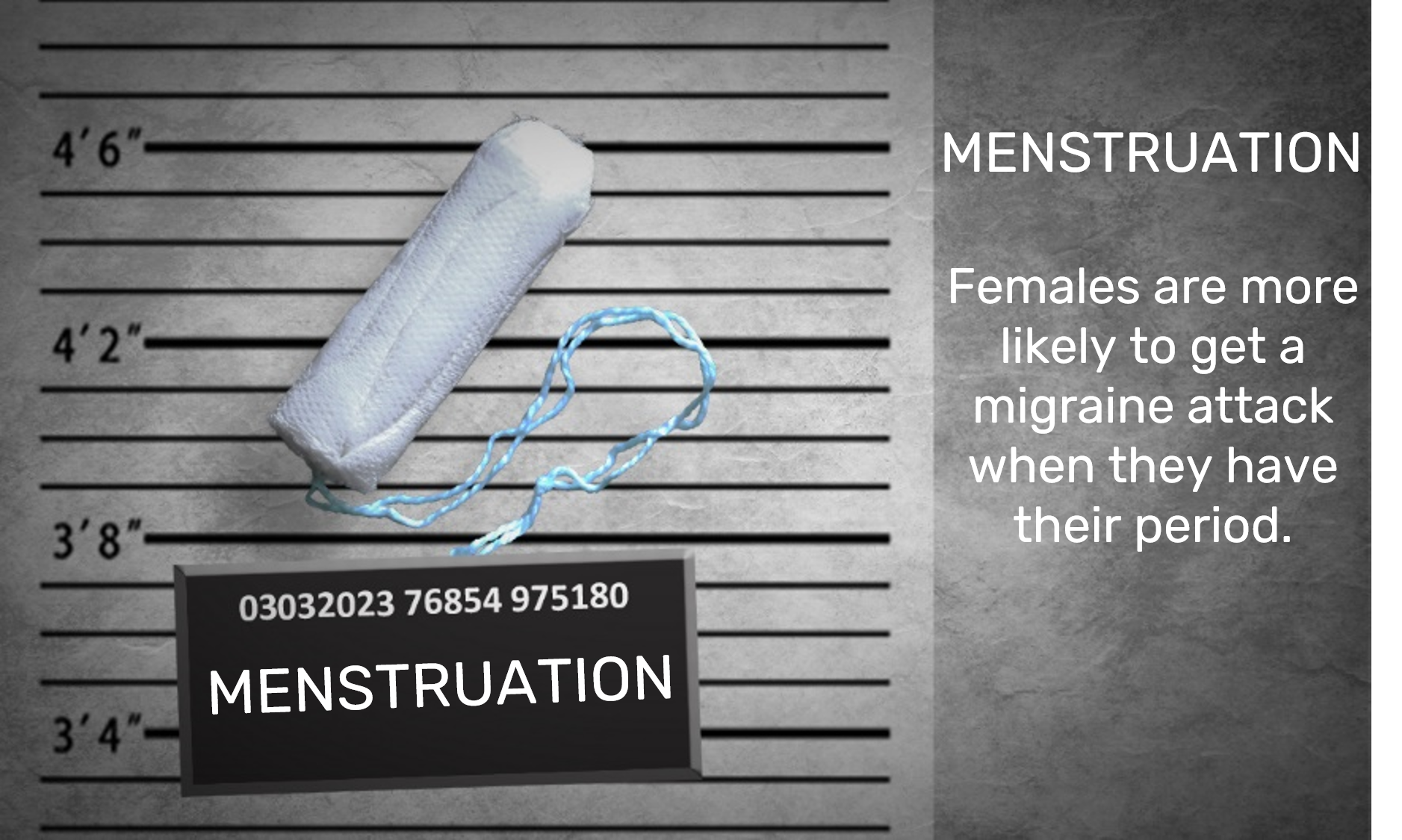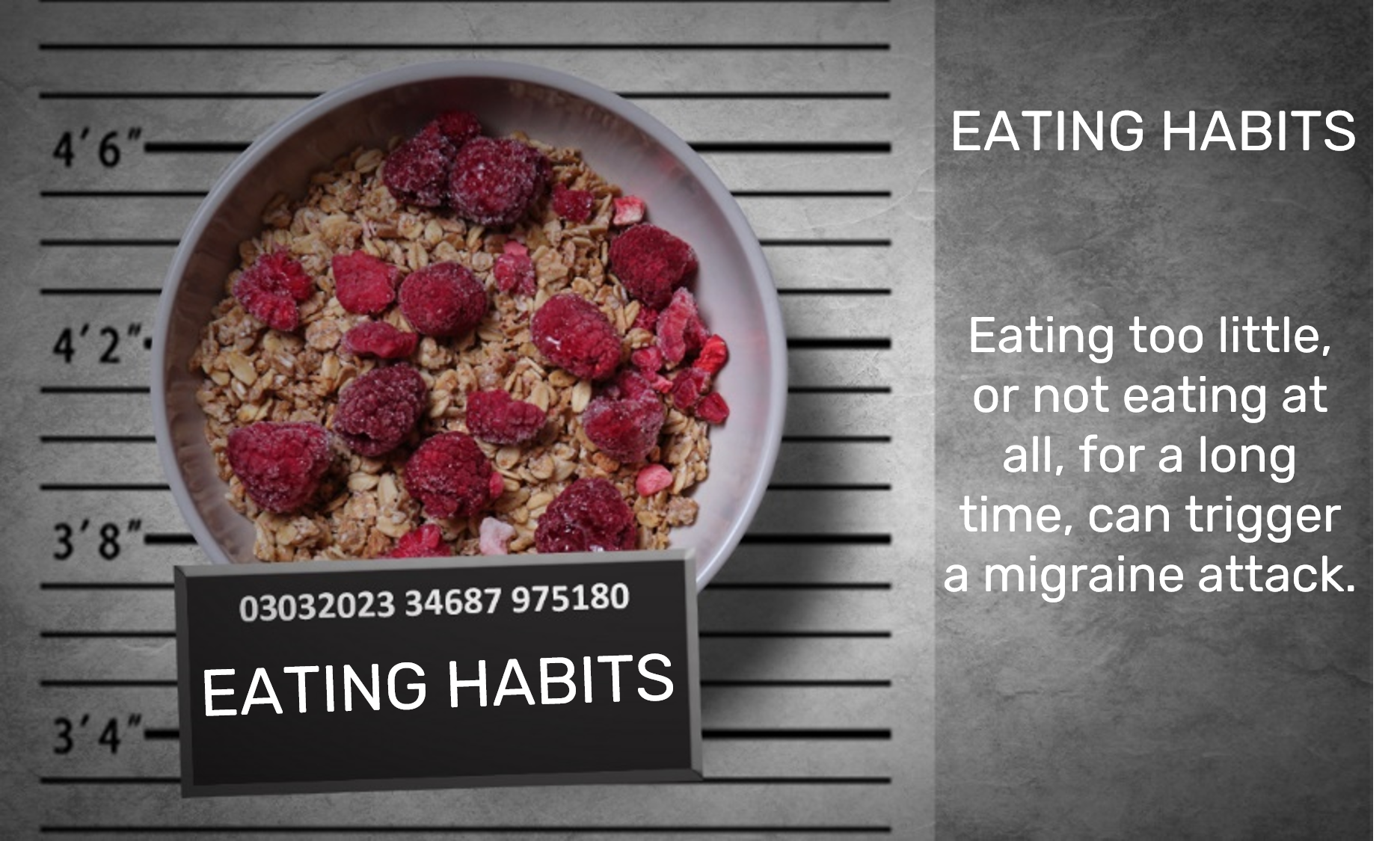How do migraines develop?

How do migraines develop?

How do migraines develop?

Migraine headaches are not constant, instead, an attack develops every now and then.

Why is this the case?
Scientists are still debating where in the brain a migraine attack develops. It is likely that there are multiple spots in the brain where a migraine attack can be triggered.
Imagine the migraine generator as a battery that is charged by different factors. You can learn more about these below.
… Boom! It explodes abruptly and sends electrical signals to many parts of the brain. This makes nerve cells in the head and around the brain more sensitive. The blood vessels in the head react more intensely. This means, when you move, climbing the stairs for example, more blood flows through the blood vessels. Normally, this doesn’t hurt. But when everything is more sensitive, as it is during a migraine attack, it causes a lot of pain.
IMPORTANT TO KNOW
Migraines can be pretty intense. Even though they hurt, nothing in your head or your brain is actually injured or harmed during a migraine attack. When the attack is over, everything will be the same as before the attack.

What triggers a migraine attack?

A migraine attack typically only occurs in people who are physically prone to get them (that is, they have a biological predisposition). Because that’s passed on through your genes, often multiple family members get migraines. If you have migraines, ask your parents, grandparents, uncles, aunts, and siblings if they experience similar headaches. You’ll most likely find that someone else in your family does too.
Many things are believed to trigger (or cause) a migraine. However, what causes a migraine attack can be different for every person. So it is difficult for researchers to prove which factors are most important.
Here are some common “prime suspects” for migraine triggers.
Which factors could play a role for you?
Click through the trigger slides to the right to find out.
Trigger factors
When we notice that one of these factors keeps appearing before a migraine attack, it is called a “trigger factor” for that person.
Trigger factors make migraines more likely to occur, but they do not always trigger a migraine attack.
Here’s an example: If you often get a migraine attack after staying up very late or getting up very early, it is likely that the change in your sleep/wake schedule is a trigger factor for you. This means that when you stay up late for many hours, you will probably have a migraine the next day. But if your migraine generator is not fully charged, then you may get lucky and not have an attack.
Remember, trigger factors do not always immediately trigger a migraine attack.
That’s why you shouldn’t stress about avoiding every trigger in your daily life. That would be almost impossible and it would make life pretty boring!
Truly, if you are avoiding every possible trigger, you will miss out on a lot of important and exciting things in your life.
Instead, it’s more important to focus on having a health lifestyle overall (eating well and regularly, getting enough and regular sleep, moving your body through exercise) and learning how to deal with stressful situations.

Knowing the difference between trigger factors (migraine triggers) and precursors (prodromal symptoms) is often difficult. It takes detective work to figure out whether something has triggered the migraine or whether the migraine attack has already begun.
For example, people often say that chocolate triggers migraine attacks. However, it is much more likely that the craving for chocolate is triggered by the start of the migraine attack.
Keeping a diary of migraine attacks can help you identify your migraine trigger factors. Research has shown that young people can often find at least one trigger factor for their migraines. Usually, they find between 4 and 7!
Research shows that the time between the trigger and the migraine attack can be up to 3 hours, but the exact amount of time depends on the specific trigger.
How long the migraine attack lasts can also depend on the trigger. It’s still unclear whether there are differences in trigger factors between girls and boys, or between younger or older children and adolescents.
You can find out what Prodromal Symptoms are and what a Headache Diary looks like here….
You can find more information about migraines on the following pages…
Click below to review the basics about migraines!
Click below to review the basics about migraines!



